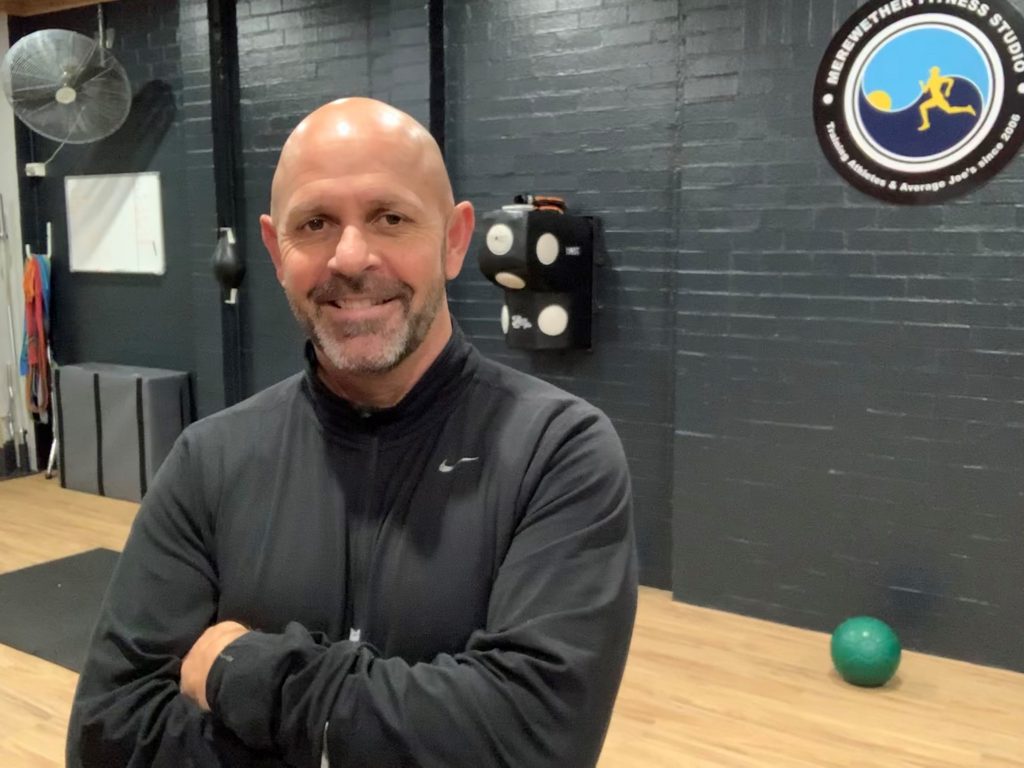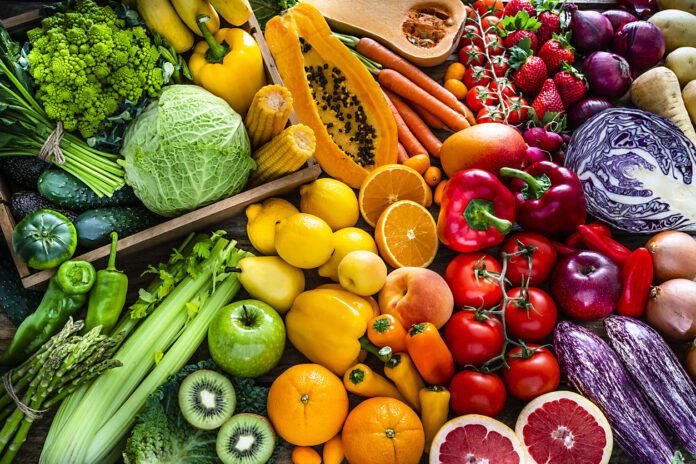Our regular columnist, Stephen Smith, from Merewether Fitness Studio, discusses the role of nutrition in living a happy, healthy and positive life.
In my last column, I gave five tips on getting healthier this spring. This week, I would like to expand on the first of those tips, which was nutrition.
The world of nutrition has become so complicated. As consumers, we are constantly bombarded by various media platforms telling us what we should or shouldn’t be eating based on the latest scientific studies, which, as we all know, changes constantly.
One week we are told that eggs are good for us, only to be told the next week that a new study says eggs are bad for us.
One thing I have learned during my time in the health and fitness industry is that for every study that comes out telling you one thing, there will be just as many telling you the exact opposite.
Quite often it comes down to who actually paid for the study.
I believe what you eat, how much you eat and how it makes you feel are the three most important things when it comes to your diet.
Let’s look at what we eat first and the 80-20 rule, which I mentioned in my last column. The 80% should be made up of foods based on the ‘paleo’ diet.
What’s paleo you may ask? Simply imagine you were a caveperson living 10,000 years ago.
Firstly, you had to catch and kill your food, pull it out of the ground or off a tree, otherwise you didn’t eat. In a nutshell, that’s paleo.
Secondly, you didn’t wake up with a pantry (or fridge!) full of food that you could mindlessly get stuck into while half asleep.

No, you had to be active and go out and forage or hunt in order to eat. Basically, you had to be active and earn your food (which is also one of the principles behind 16-8 intermittent fasting).
So, 80% of your diet should be paleo-based while the other 20% can be made up of non-paleo processed foods such as bread, pasta, biscuits, ice cream, and alcohol (my wife thinks that red wine should be considered paleo. Her argument is, and I quote: “Surely at some stage a cavewoman accidentally sat on a bunch of grapes and the juice formed a puddle on the rocks, which she then drank!”)
Tip: Save some of your 20% for when you know you are going to need it, like a dinner party.
Let’s now look at how much to eat and, once again, there are various opinions, but looking at the statistic below it’s pretty obvious that most of us are eating too much.
In 2017-18, the Australian Bureau of Statistics’ National Health Survey showed that two thirds (67.0%) of Australian adults were overweight or obese (12.5 million people), an increase from 63.4% in 2014-15.
So how much should you eat? A simple equation I use is this: Work out what your ideal ‘realistic’ weight should be in kilograms. Females then multiply this number by 110 and males by 120 to get your approximate daily kilojoule intake.
Now, while you do not want to be obsessing about your weight and constantly counting kilojoules, occasionally you need to ‘do the books’.
Think of it as running a business that you would like to make a profit. In order to avoid losing money, you need to keep an eye on your profit and loss statements and make adjustments accordingly. One of the reasons we now do quarterly statements is too many businesses were only looking at their accounts once a year at tax time and often it was too late.
So, when it comes to our bodies and our health, we also need to keep an eye on things.
You can do this simply using a smartphone app for a few days or a week, a few times a year, or anytime you feel you have gotten a bit off track.
For the average Joe looking to keep their weight under control, this one small action is vital.
You will be learning about foods and the breakdowns of where your proteins, carbs and fats are coming from, and some foods will shock you with their kilojoule content. One simple change can be the difference between putting on ½ a kilo a month or losing ½ a kilo a month.
How do you know if you are moving in the right direction?
You can weigh yourself occasionally with scales that not only give you weight in kilojoules, but also a body fat percentage, which is a better indicator of your health. You want your body fat levels in the healthy zone. If you’re someone who doesn’t like the scales, then you can use your clothes as another simple way to assess your progress.
Finally, you are the best judge on what foods are best for you, so pay attention.
Don’t just eat food mindlessly in front of the TV, but rather enjoy the experience.
Also observe how it makes you feel immediately after eating, as well as in the hours that follow.
Food should refuel you and make you feel happy and vital, not give you a headache and make you feel sluggish, depressed or bloated.
You also need to pay attention to how you sleep after certain meals and, I have to mention the sexiest of food-related functions, gut health and bowel movements.
If you are not evacuating your bowels at least once a day (if not two or three!) then I suggest taking a good look at your diet and visiting your doctor.
The combination of a healthy, balanced diet and regular exercise is very powerful and are key ingredients in living a happy, healthy and positive life.
So, eat well, stay active and enjoy the journey…. the results will take care of themselves!
Until next time,
Health & Happiness,
Stephen







